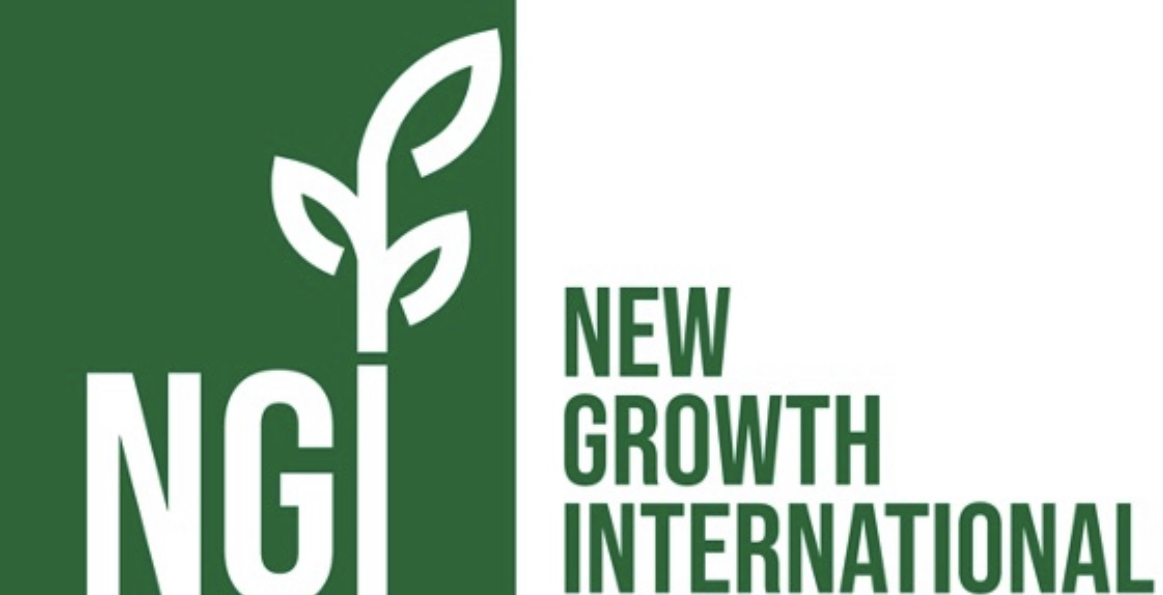How conflict drives hunger – six channels through the food system

Much has been said and written of late about the linkages between conflict and hunger. Typically, two claims are made. First, that conflict breeds hunger. This claim is supported by ample evidence. Second, that hunger contributes to conflict. Support for this claim is largely anecdotal, but perhaps the lack of definitive evidence of causality does not matter too much. Hunger does plenty of damage without a contributory connection to conflict.
For the first claim (that conflict generates hunger) to hold, the pathways from conflict to hunger must run through food systems. But how? How exactly does conflict impact food systems in ways that promote hunger? Through which processes and mechanisms does this happen?
Based on recent experience leading teams in conflict-impacted food systems, our CEO Steven Were Omamo suggests that there are at least six conflict-to-hunger channels in food systems: (1) conflict turns self-reliant rural producers into dependent urban consumers, abruptly; (2) conflict destroys trust-based relationships that underpin food trade; (3) conflict always creates black markets for food – always; (4) conflict empowers dispersed and anonymous security officials as primary decision-makers in food systems; (5) conflict disrupts the “transformation functions” that connect food supply and demand; and (6) conflict clouds and distorts humanitarian decision-making, hobbling the humanitarian food system. At the end of each pathway are food shortages and hungry people.
Conflict turns self-reliant rural producers into dependent urban consumers, abruptly. Many wars play out significantly in rural areas, causing large numbers of farmers, herders, and traders to flee from their homes and communities, usually to the nearest significant settlement, hoping to find safety, shelter, and access to services. Suddenly, small towns that may not even appear on maps must absorb thousands of people. Despite the staggering generosity of local communities, these huge and unexpected influxes of people are never fully accommodated and served. Severe hardships appear almost immediately in these new “urban” locations, with hunger prominent, driven by food shortages and surging food prices. Urbanization is a global trend, meaning more and more food is being consumed in urban areas. But this brand of sharp conflict-driven expansion of urban food consumption is grossly premature, with immediate hunger as its companion, and with the seeds of future hunger sown in the abandoned fields it leaves behind.
Conflict destroys trust-based relationships that underpin food trade. Everyone has an irrefutable force majeure reason for not following through as agreed. Long-standing bargaining relationships between sellers and buyers are disrupted or upended altogether, undermining the trust on which food trade is based, turning everyone into a liar as contracts can be honored only in the breach. Conflict also fragments seasonality in food prices, blunting a vital incentive for private food storage, and disrupting the complex trust-based arrangements that govern this central dimension of food systems. Local food stocks dry up, open trade dwindles, shortages appear, prices rise. People go hungry.
Conflict always creates black markets for food – always. The demand for food rises and falls as prices change, but it never disappears. Given the shortages created by disrupted relationships and networks in food markets, anyone who can acquire, store, and move food with any kind of predictability makes a lot of money during conflicts. Such people can traverse even the tightest of blockades. Not surprisingly, such people are often military leaders or those close to them. Important incentives to take decisions that boost food availability are weakened, at best. Shortages persist and intensify. Prices soar. People go hungry.
Conflict empowers dispersed and anonymous security officials as primary decision-makers in food systems. There are countless examples. Think of the armed soldier or police officer on alert at a checkpoint near a conflict frontline. He or she is the beginning, the middle, and the end for the convoy leader seeking passage for a column of trucks loaded with food to be given or sold to people caught on the other side of the line. For the soldier or police officer, only his or her local commanding officer’s opinion matters. And for that local commander, facilitating the movement of food across the frontline is an unwelcome addition to already fraught and complicated responsibilities, even if there are thousands of hungry people waiting for that food. Even the most powerful national political leader pressing for the food to reach those hungry people will quickly back down when confronted by security-clad facts forcefully conveyed by a local force commander. So the food does not move. Shortages persist. People go hungry.
Conflict disrupts the “transformation functions” that connect food supply and demand. Again, food demand is never-ending. So, too, therefore, is the need for food transformation – i.e., for food transport, storage, and processing, and for the finance and insurance that lubricate them. Irrespective of its scale or reach, every food system features physical locations and areas where concentrated food transformation is undertaken. Invariably, the locations and areas where these transformation activities must take place are also locations and areas over which warring parties fight the hardest. Think of the one all-asphalt road connecting two major towns in a contested area – a road that food transporters use routinely. Picture the town with the only fuel depot within a 200 km radius and thus the town where scores of mid-size grain millers have situated their operations. Imagine the main town on the long and vulnerable road from the border to the capital – the town with reliable power and internet connectivity and thus home to a regional army command base, but also the town where transporters position their fleets, and where warehousing capacity is significant. The factors that define the efficacy of food transformation are also militarily potent. With every outbreak in fighting, transformation stalls. Shortages persist. People go hungry.
Conflict clouds and distorts humanitarian decision-making, hobbling the humanitarian food system. The humanitarian system is not immune to the political fault-lines and animosities that underlie and drive conflict. Often implicitly but sometimes explicitly, global humanitarian leaders take sides based on their personal friendships, ambitions, religious beliefs, political allegiances, and cultural biases – buying into polarizing propaganda, ignoring glaring facts, promoting questionable narratives. Issues that need to be prioritized or voiced are not prioritized or voiced, and vice versa. Trust breaks down. Humanitarian country teams that routinely respond with speed, accuracy, and unity to natural disasters are almost impossible to effectively coordinate in conflict situations. Context-sensitive decisions of local representatives of donor countries and international humanitarian agencies are overruled from donor capitals and agency headquarters. Mixed signals abound. Inertia, delays, and unnecessary complications plague humanitarian responses, and thus also the humanitarian food systems that dominate those responses. Shortages persist. People go hungry.
These six conflict-to-hunger channels through food systems signal the challenges to be addressed if this deadly relationship is to be weakened or broken. Viewed properly, they also reveal the opportunities to be seized so that the second claim about the link between conflict and hunger (that hunger contributes to conflict) does not come to be supported by hard facts.
